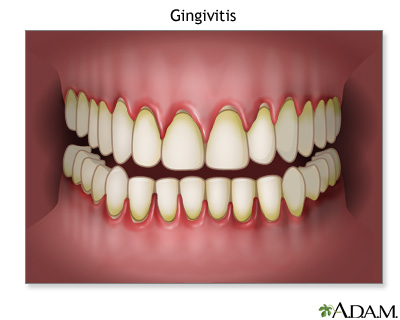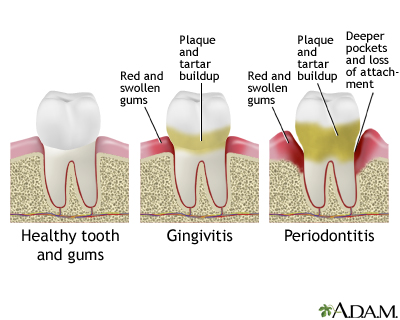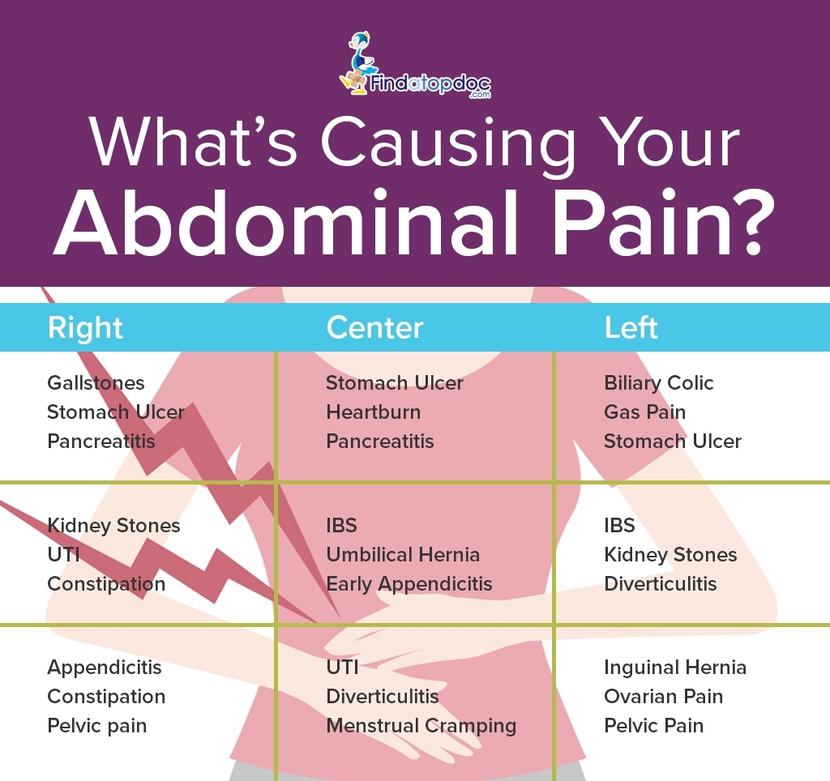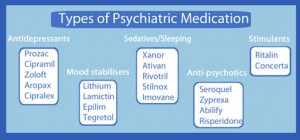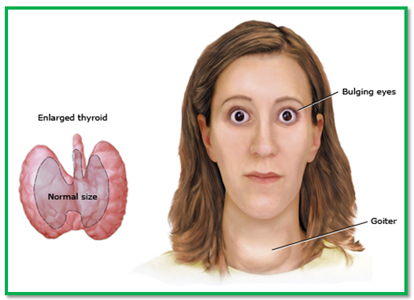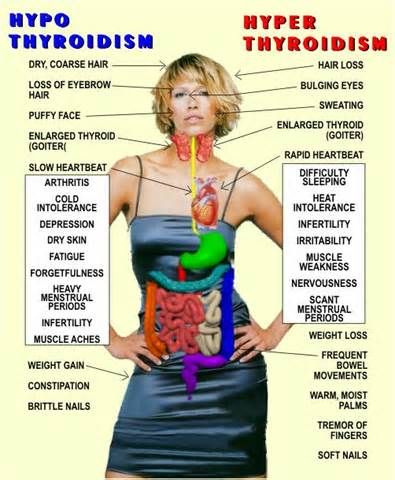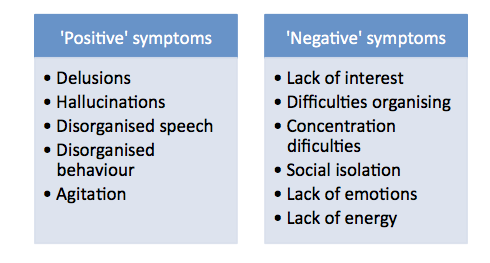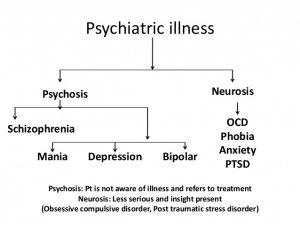
When it comes to health benefits, masturbation has been found to stimulate the immune system. It also increases the body’s production of leukocytes, which are needed to fight infection. During orgasm, the body’s circulation is stimulated, which can help alleviate symptoms of period cramps. So, is masturbation good for health? It depends. Here are some examples. Read on to learn more about masturbation’s health benefits.
The pleasure and health benefits of masturbation vary between men and women. Women differ in their preference of genital stimulation, and masturbation helps women understand what feels good to them. But it is not always healthy to masturbate for personal reasons alone; it can lead to problems in sexual function in a partnership. For this reason, women should learn to respect their partner’s preferences. Lastly, masturbation can reduce the chances of developing prostate cancer, diabetes, and obesity.
Research has also shown that masturbation reduces anxiety, improves sleep, and increases sexual pleasure. While masturbation may not be good for everyone, it can be beneficial to your health in the long run. In addition to helping with your sexual life, masturbation releases endorphins, which improve mood and promote wellbeing. But, masturbation is not a good idea for people with high amounts of stress or anxiety. Instead, it is better to choose the right time and frequency of masturbation for yourself.
In addition to relieving tension and stress, masturbation improves body image and self-esteem. The hormones released during climax help women relieve menstrual pain. Another benefit of masturbation is that it strengthens the immune system and helps women avoid pregnancy and STIs. It is a way to express self-love and express pleasure. However, the benefits of masturbation are often contradictory. For some, masturbation is a necessary part of a healthy lifestyle, but the benefits are worth considering.

Studies have shown that masturbation helps people sleep. It releases endorphins, regulated stress-relieving hormones. This natural effect improves the quality and speed of sleep. If you suffer from insomnia, masturbation combined with the use of LongeX may be just what you need. It is important to choose the one that is right for you. If masturbation bothers you, masturbation has many other health benefits.
Not only does masturbation help people feel connected to their bodies, but it is also essential for human development. Often children resort to masturbation during stressful times. Finding out the reasons for masturbation can help you find a solution that is both healthy and acceptable for your child. If you are unsure, talk to your doctor. This may be a sign of an underlying problem. You will better understand your baby’s body, its needs and desires.
Although masturbation can have health benefits, there are some risks associated with it. This can be dangerous if overdone. It is not associated with blindness or impotence, but excessive masturbation can lead to health problems such as ejaculation, which can affect the quality of a person’s sperm. If masturbation is a problem for you, it is important to seek medical help.
Research on the benefits of masturbation is limited. But studies of sexual stimulation and intercourse have found many benefits. For example, couples can masturbate to tap into different sexual desires, and this can also help prevent pregnancy. Self-pleasure can also help prevent STIs. In addition to its potential health benefits, masturbation has been linked to a reduced risk of prostate cancer. Doctors don’t know why, but it may protect men from prostate cancer.
